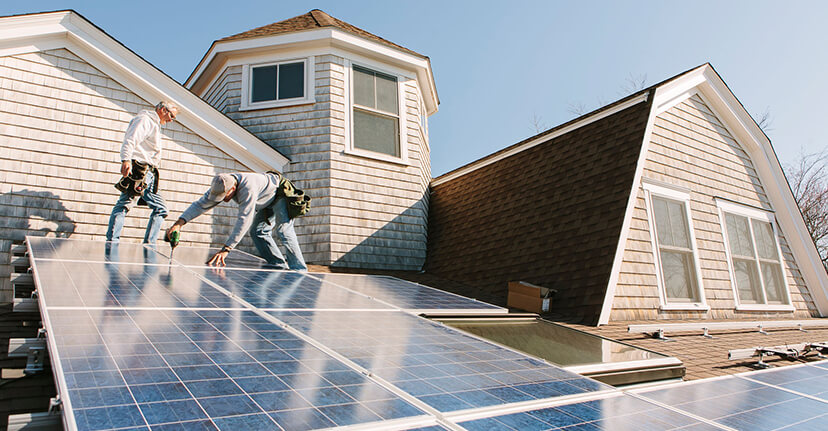Shift to Green Energy Drives Oil Prices Higher
Oil Extraction Projects Losing Funding
Oil prices are surging, and despite a pledge by OPEC to increase production in the coming months, they are not expected to come down any time soon. Some may be quick to blame inflation, but Wall Street’s preference for green energy could be a more important contributing factor.
With institutional investors pouring trillions of dollars into green energy like wind and solar, investments earmarked for oil projects are on the decline. Some analysts believe that energy companies will have a hard time meeting demand for oil around the world if these trends persist.
Crude Prices Surge
Demand for crude oil is expected to continue to grow during the next ten years, even as the world transitions to more green energy solutions. Since pandemic restrictions began to ease, consumption in the US has surged. This has coincided with a decision from OPEC to cut output, which has resulted in higher prices at the gas pump.
Yesterday, US crude reached $71.48 per barrel—its highest level in more than two years. The price is nearly double what it was in October 2020. OPEC has responded, vowing to increase production in the coming months. But that may not be enough to help supply to catch up with demand.
Looking Ahead
The imbalance between supply and demand is being exacerbated by a decline in spending on oil extraction projects. In 2020, oil companies spent less than half of what they did in 2014. Analysts predict that spending will increase only slightly from 2020 levels in the coming years. This would likely send oil prices soaring.
Oil companies are in a precarious position. On the one hand, major investors want them to spend less on oil extraction. On the other hand, demand for crude is surging. Striking a balance could be a challenge.
Please understand that this information provided is general in nature and shouldn’t be construed as a recommendation or solicitation of any products offered by SoFi’s affiliates and subsidiaries. In addition, this information is by no means meant to provide investment or financial advice, nor is it intended to serve as the basis for any investment decision or recommendation to buy or sell any asset. Keep in mind that investing involves risk, and past performance of an asset never guarantees future results or returns. It’s important for investors to consider their specific financial needs, goals, and risk profile before making an investment decision.
The information and analysis provided through hyperlinks to third party websites, while believed to be accurate, cannot be guaranteed by SoFi. These links are provided for informational purposes and should not be viewed as an endorsement. No brands or products mentioned are affiliated with SoFi, nor do they endorse or sponsor this content.
Communication of SoFi Wealth LLC an SEC Registered Investment Adviser
SoFi isn’t recommending and is not affiliated with the brands or companies displayed. Brands displayed neither endorse or sponsor this article. Third party trademarks and service marks referenced are property of their respective owners.
SOSS21061501



